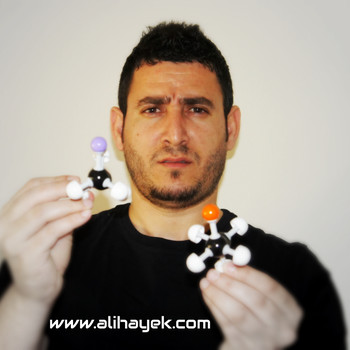Does Le Chatelier's principle apply to electrochemical cells?
1 Answer
Le Chatelier's Principle is very important when applied to electrochemical cells.
Consider the Daniel Cell:
The 2 half cells are:
To find
And the cell reaction is therefore:
These refer to standard conditions i.e unit concentrations, 298K and pH zero.
What would happen if we were to reduce the concentration of
Looking at the Cu2+/Cu half - cell Le Chatelier's Principle would predict that would cause the position of equilibrium to shift to the left to produce more Cu2+.
This would cause the
We can calculate the new value using the Nernst Equation which in this case is:
So as predicted by Le Chatelier,. the value of


